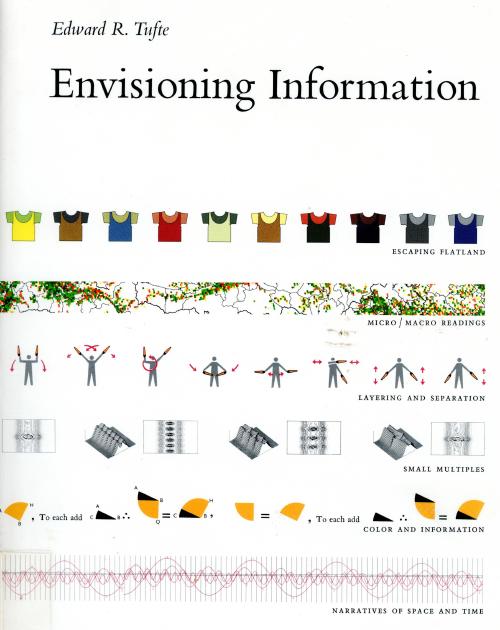Data Reporting Epiphany #

It’s unmistakable when it happens. That “Aha” moment when a business partner sees for the first time a data reporting tool we have created for them. It is so satisfying to help others gain clarity and confidence in their decision-making process. When those moments occur, we know we’ve helped you boost the return on your data investment.
Those moments are the culmination of a process that starts by interviewing you to understand the challenge. The process for us is part science and art. The science/technical parts are pretty evident. This does involve computers after all. The artistic aspect is:
- listening to and interpreting the needs of end-users,
- sensitivity to what information is “noise” versus what has value,
- thoughtful presentation of content in a way the minds-eye can digest.
Mediums for Data Reporting #
20 years ago, data reporting was printed copy you held in your hand. Can you still hear those dot-matrix printer heads? Today, reporting can take a number of different forms. Here are some typical mediums we create.
Static Reports #
These are tabular style reports that may offer drill-down or drill-through capabilities. We use SQL Server Reporting Services (SSRS), Power BI, R or Microsoft Access to create them. These can be deployed in multiple different environments including Power BI desktop, web-browser, or on the user’s workstation screen.
KPI & Dashboards #
These reports are typically more visually complex. They often incorporate dials/gauges and other widgets to quickly convey specific performance metrics. They give at-a-glance summaries of key performance indicators.
Print Ready Reporting #
These are typeset quality projects that are print-ready. That means they are “paginated” with headers and footers. These can be product catalogs or other large publications. We create them from a combination of database reporting tools, Microsoft Word or other desktop publishing tools. For a great example of this, see this member directory on our Scenarios page.
Provided at right are scenarios and tools that further explain the reporting tasks.
First Steps #
One of our highest purposes is arming decision makers with better quality information. It’s crystal clear when we’ve done it right. Can we start a dialogue with your team that results in an “Aha” moment?